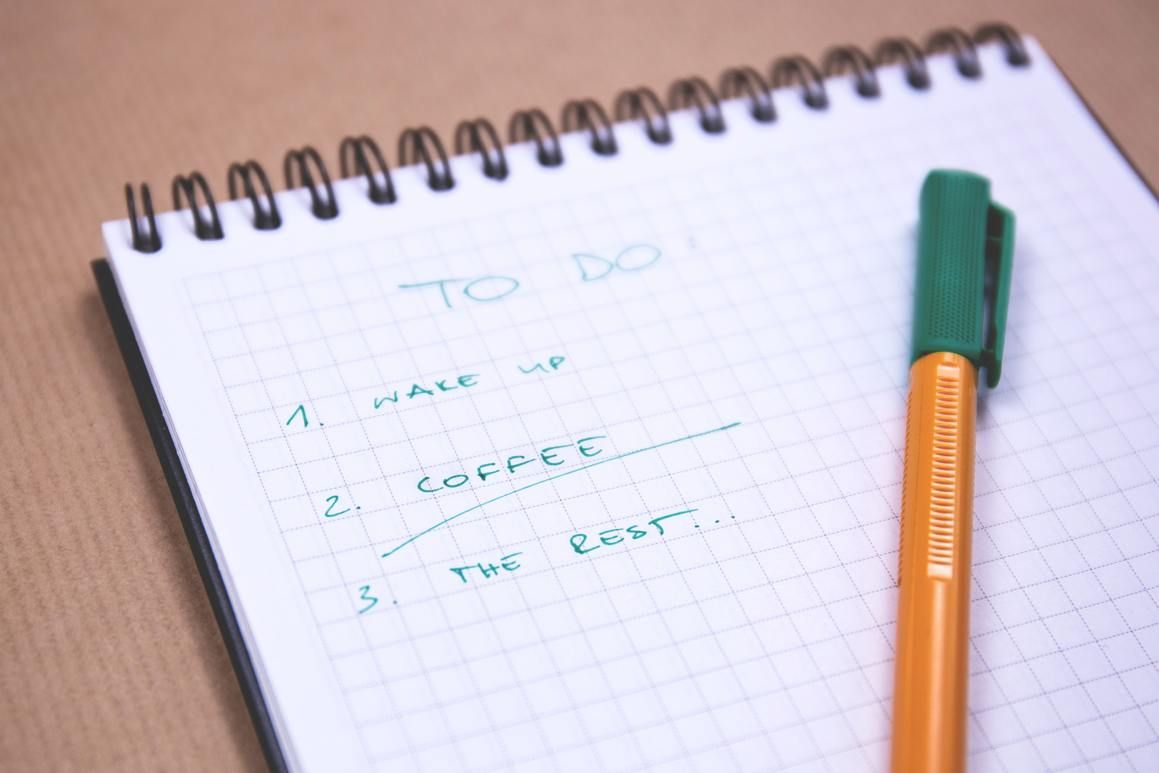Is it a good idea to have a daily to-do list?
Monday morning you need to send an email to client A. You also have to turn in that project to client B before lunch and make edits to an article for client C as soon as she sends you her feedback. Client D needs that invoice by COB and you also need to transfer money ASAP to the graphic designer you worked with for the project for client B. The work week begins and there’s no shortage of tasks you have to complete on Monday, but how will you remember everything?
The answer is simple: keep track of your tasks.
But, is it good to have a daily to-do list? Tbh, it’s a great idea. Having a list can help even the most organized of freelancers. There are countless benefits and strategies when it comes to jotting down all of your tasks.
To-do list benefits
As we said, there’s no shortage of benefits to making a to-do list, but here are several of the major ones.
Organization
Perhaps the most obvious reason for creating lists is to stay organized when you’re busy. Having a clearly defined record of important tasks is helpful to make sure nothing gets overlooked, plus it gives you an overview of everything that needs to be done, potentially allowing you to gauge how much time each task will take. Plus, there’s nothing more rewarding than being able to cross out tasks once their complete.
Reinforced memorization
Did you know that the average person can only remember seven separate things for about 30 seconds? If you have to remember more than that, you’re already in danger of forgetting something important. Having to-do lists lets you forget short-term ideas, as long as you can remember where to find your list when you need it.
Not having to keep any of that information in mind also frees up bandwidth in your brain and allows you to focus on other important matters in your freelance business. As a secondary benefit, having everything written out reinforces long-term memorization of the tasks every time you reference the list.
Motivation
Most people would agree: There are few things more satisfying than crossing something off of a daily to-do list. It’s really a question of psychology. If you have goals and then you lay out the steps to achieve those goals in a to-do list, it actually relaxes the mind and allows you to focus on other things.
Of course, you can also create lists to accomplish long-term goals, like getting a promotion or finishing a big project. Seeing the steps that you have accomplished and those still pending offers major motivation to continue on your path.
Productivity
People who make to-do lists are more productive than those who don’t because they have a clear picture of what they need to accomplish. Additionally, freelancers who are better at time management are less likely to feel overwhelmed by the work still in front of them, which allows them to focus their energy on getting even more done. Being productive feels great, and it also shows your clients that you’re a productive worker and someone they can trust and want to work with in the future.
How to create your perfect to-do list
Just like time management, crafting a good list is an important skill. Moreover, not all to-do lists are created equal. With that in mind, in addition to using action items, below are several tips for creating the perfect daily list.
Pick your medium
Whether you have a paper or a digital list, there are pros and cons. With regard to the former, there’s more chance you might lose it. It could also get crumpled, making it hard to read. Also, you can’t reorder the tasks if you need to, you can’t search it and you certainly can’t sync it. That being said, there are advantages too, if you do it right. You can get away from the computer for a minute, using a pen and paper just feels good, and you can easily switch between paper sources, from post-its to agendas.
If you use an app on your phone, for example, it’s always with you, and if your daily to-do list is to be effective, it needs to be with you pretty much at all times. Depending on the program you use, you should be able to sync your list across devices, you should be able to sort and prioritize your tasks. However, sometimes these apps are too complex and loaded with unnecessary features, and if you want to change apps you need to migrate all of your information, which is often frustrating.
Start at the beginning
People often struggle with where to begin. The perfect to-do list begins with the most time-sensitive tasks and proliferates from there. Some list making pros start with quicker tasks, which helps get you motivated early.
Don’t go overboard
One of the fatal flaws of creating the perfect list is overloading it. Not getting everything done on a daily to-do list could be a one-way ticket to disappointment and future unproductiveness. Most daily lists should only have a limited number of components. If you have many items to complete, there’s no shame in creating a weekly to-do list and spreading out your tasks over a few days.
Be flexible
Masters of the to-do’s know that things change and it needs to be flexible. Lists should be revisited often, and items should be added and removed so as to keep it as up-to-date as possible.
No time like the present
These organizational tools are great for freelancers and are one of the simplest and most effective strategies when it comes to boosting productivity. In short, they help us reduce anxiety, motivate us, and provide structure to our days.
And now, if you’ll excuse me, I’m going to check “Write an article about daily to-do lists” off my list and feel accomplished.



